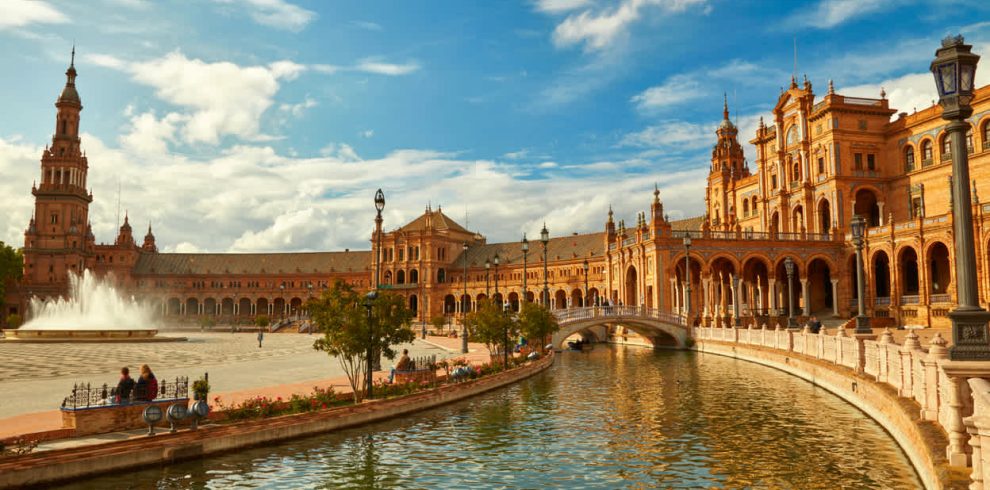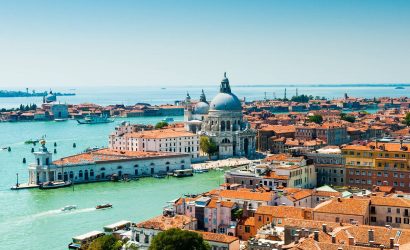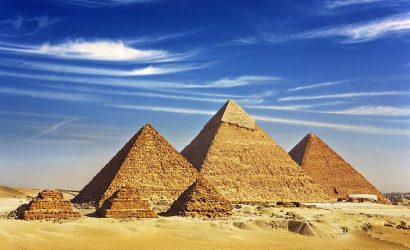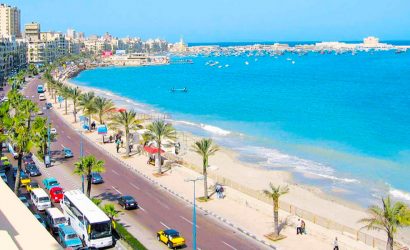Overview
Barcelona, the cosmopolitan capital of Spain’s Catalonia region, is known for its art and architecture. The fantastical Sagrada Família church and other modernist landmarks designed by Antoni Gaudí dot the city. Museu Picasso and Fundació Joan Miró feature modern art by their namesakes. Pamplona is the capital of Navarre province in northern Spain. It’s best known for the Running of the Bulls (Feast of San Fermín) in July. During this legendary multiday festival, bulls are led through the city streets by daredevil runners. San Sebastián is a resort town on the Bay of Biscay in Spain’s mountainous Basque Country. It’s known for Playa de la Concha and Playa de Ondarreta, beaches framed by a picturesque bayfront promenade, and world-renowned restaurants helmed by innovative chefs. Bilbao, an industrial port city in northern Spain, is surrounded by green mountains. It’s the de facto capital of Basque Country, with a skyscraper-filled downtown. It’s famed for the Frank Gehry–designed Guggenheim Museum Bilbao, which sparked revitalization when it opened in 1997. Santander is the capital city of the Cantabria region on Spain’s north coast. The Palacio de la Magdalena, once the royal summer residence, lies at the mouth of the Bay of Santander on the rocky La Magdalena Peninsula. The Picos de Europa are a mountain range extending for about 20 km, forming part of the Cantabrian Mountains in northern Spain. The range is situated in the Autonomous Communities of Asturias, Cantabria and Castile and León. Covadonga is one of 11 parishes in Cangas de Onís, a municipality within the province and autonomous community of Asturias, in Northwestern Spain. It is situated in the Picos de Europa mountains. Oviedo is a town in northwest Spain between the Cantabrian Mountains and the Bay of Biscay. The capital of Asturias, it’s known for its medieval old town, the site of the Gothic Oviedo Cathedral with its 9th-century Holy Chamber. Zamora is the capital of Zamora province in the Castile and León region of northwest Spain. Its city center lies on the north bank of the Douro River, ringed by well-preserved defensive walls and gates.
Trip Highlights:
- Barcelona Airport to Hotel
- Barcelona Sightseeing
- Barcelona to Pamplona
- Pamplona – San Sebastián – Bilbao – Santander
- Santander–Picos de Europa–Covadonga – Oviedo
- Oviedo – Luarca – Santiago de Compostela
- Santiago de Compostela Sightseeing
- Santiago de Compostela – Zamora – Salamanca
- Salamanca – Madrid Sightseeing
- Transfer from Airport-Hotel-Airport






Recent Comments